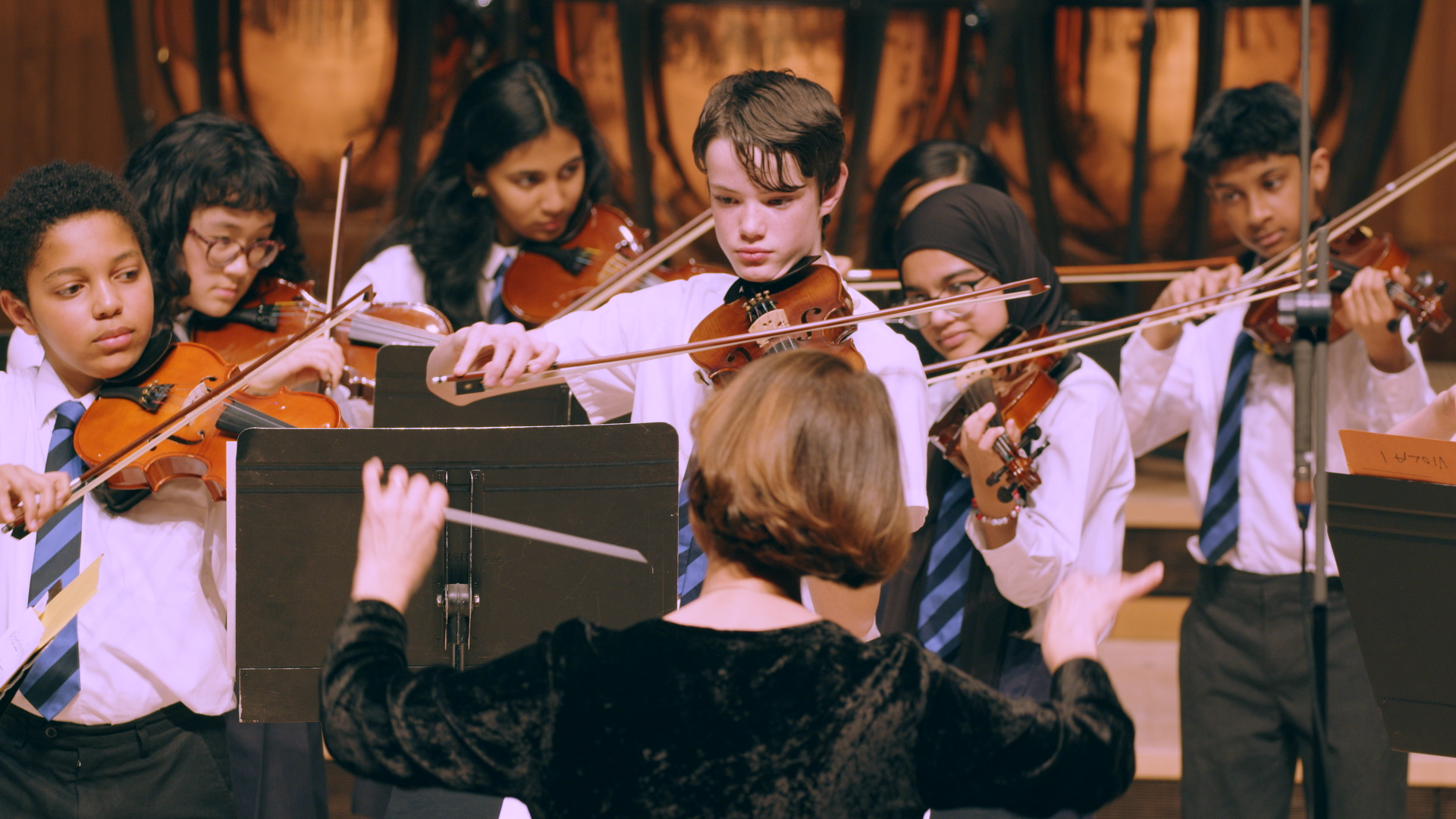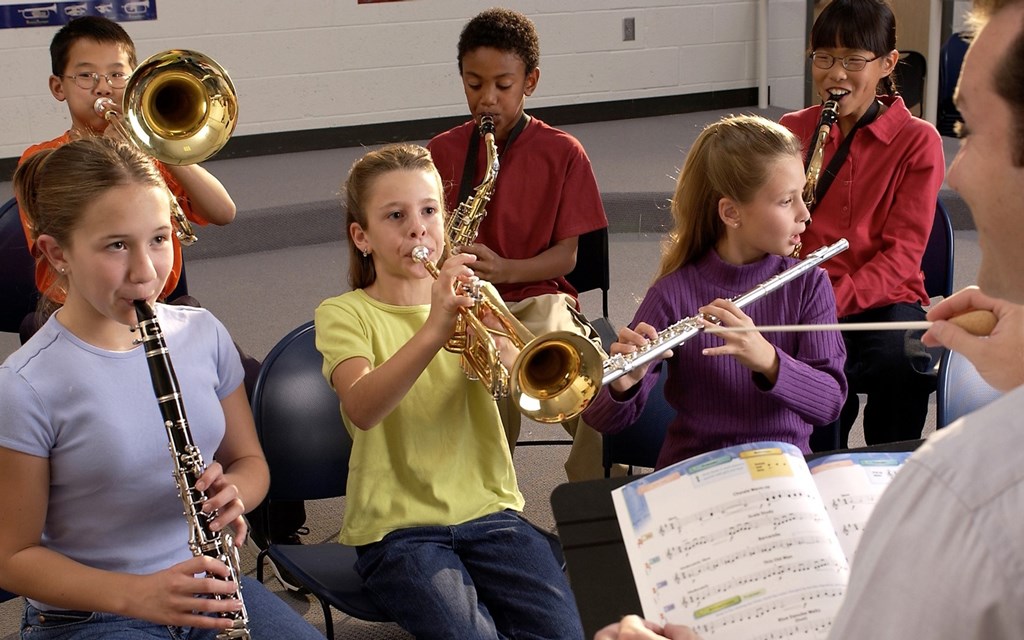American Music Education Methods: Encouraging Orchestra and Choir Activities
American Music Education Methods: Encouraging Orchestra and Choir Activities
Music education plays a significant role in the holistic development of children. In the United States, schools and community programs place a strong emphasis on engaging children in musical activities such as orchestra and choir. These activities not only nurture musical talent but also promote teamwork, discipline, and creativity. In this post, we will explore effective methods to encourage music education through orchestral and choral participation.
1. Why Music Education Matters
Participating in musical activities has numerous benefits for children, both academically and socially. Here’s why encouraging music education is essential:
- Enhanced Cognitive Skills: Learning music stimulates brain function and improves memory.
- Team Collaboration: Playing in an orchestra or singing in a choir fosters teamwork.
- Emotional Expression: Music allows children to express their feelings creatively.
- Cultural Appreciation: Introduces children to diverse musical traditions and histories.
2. Orchestra Education: Building Harmony and Discipline
2-1. Benefits of Learning in an Orchestra
- Team Collaboration: Students learn to play as part of a harmonious group.
- Musical Literacy: Reading sheet music improves cognitive processing.
- Coordination and Focus: Synchronizing with others enhances concentration.
- Cultural Exposure: Experience with classical and contemporary compositions.
2-2. How to Encourage Orchestra Participation
- School Programs: Join school bands or orchestras that offer structured lessons.
- Community Orchestras: Look for local youth orchestras or symphonies.
- Instrument Choice: Let children select instruments they find appealing.
- Practice Routine: Set consistent practice times to develop skills.
2-3. Popular Orchestral Instruments for Children
- Strings: Violin, Cello, Double Bass
- Woodwinds: Flute, Clarinet, Oboe
- Brass: Trumpet, Trombone, French Horn
- Percussion: Drums, Marimba, Xylophone
3. Choir Education: Developing Vocal Skills and Unity
3-1. Benefits of Joining a Choir
- Vocal Technique: Improves pitch accuracy and breath control.
- Social Bonds: Singing in a group builds camaraderie and friendship.
- Self-Expression: Develops confidence through public performance.
- Language Skills: Singing lyrics helps enhance language acquisition.
3-2. How to Encourage Choir Participation
- School Choirs: Many schools offer choir programs that rehearse regularly.
- Community Choirs: Join local choirs or church singing groups.
- Vocal Training: Enroll in private voice lessons to build technique.
- Performance Opportunities: Participate in concerts and recitals to build stage presence.
4. Integrating Music into Daily Life
4-1. Family Music Sessions
- Sing Together: Choose favorite songs to sing as a family.
- Instrumental Practice: Encourage playing instruments at home.
- Create a Family Band: Collaborate on simple musical pieces.
4-2. Attend Live Performances
- Community Concerts: Support local youth orchestras and choirs.
- School Performances: Attend your child’s musical events.
- Professional Concerts: Expose children to high-quality music to inspire them.
4-3. Encourage Creativity with Music Apps
- GarageBand: Create and record music.
- Simply Piano: Learn piano basics interactively.
- Yousician: Practice guitar, ukulele, or singing with guided lessons.
5. Using Technology to Enhance Music Education
5-1. Online Music Lessons
- Platforms: TakeLessons, Lessonface, or MasterClass
- Benefits: Access to professional musicians and flexible scheduling.
5-2. Music Theory Apps
- Tenuto: Practice intervals, chords, and scales.
- EarMaster: Train your ear to recognize musical patterns.
- Music Tutor: Improve sight-reading skills through interactive exercises.
6. Tips for Parents to Support Musical Growth
6-1. Be Encouraging and Supportive
- Celebrate Progress: Praise effort and improvements, not just performance quality.
- Create a Musical Environment: Play various genres at home to inspire curiosity.
6-2. Balance Practice and Play
- Short Sessions: Break practice into manageable segments to maintain enthusiasm.
- Make it Fun: Incorporate games or playful challenges into practice routines.
6-3. Stay Involved
- Attend Practices and Performances: Show support by being present.
- Communicate with Instructors: Stay informed about progress and areas for improvement.
7. Final Thoughts
Music education through orchestra and choir participation enriches children’s lives by fostering creativity, discipline, and teamwork. By actively supporting and encouraging musical involvement, parents can help their children develop lifelong skills and a deep appreciation for music. Start today by exploring local music programs and providing consistent encouragement!
Related Keywords
Music education methods USA, orchestra and choir for children, vocal training for kids, benefits of music education, American music programs for youth
Amazon best seller







Comments